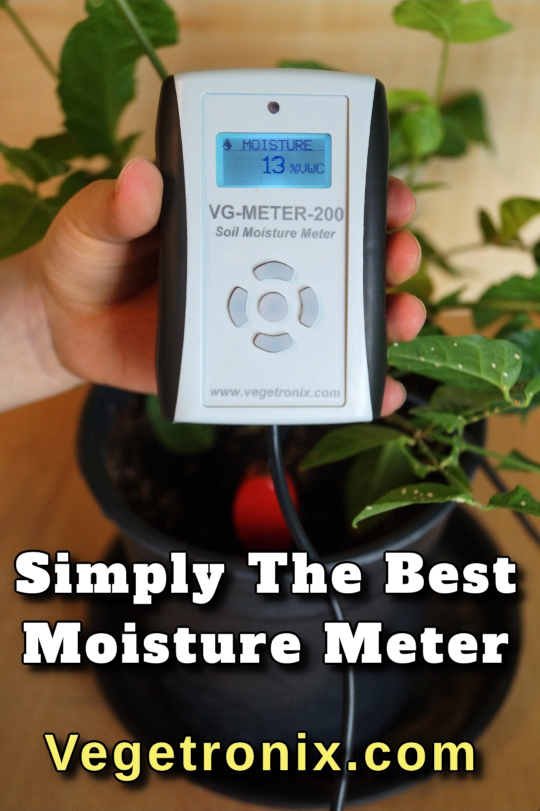Perlite vs Vermiculite? I Ran an Experiment to Find Out which is Better
By Tim the Techno-Gardener
In this article, we're going to learn about perlite and vermiculite, and then run some experiments to see how well they retain water.
I used to think that perlite and vermiculite were interchangeable—until I did some further research. It turns out there are some big differences between them.
What Is Perlite?
Perlite is a silica-based material that comes from hydrated volcanic glass—also known as obsidian—which has water trapped inside its structure. You’ll notice that commercially sold perlite is labeled “expanded perlite.” That’s because after it’s mined, it’s heated to about 1,000°C. The internal water turns into steam, causing it to expand to 20 times its original size—kind of like popcorn.
What Is Vermiculite?
Vermiculite is also mined and expanded with heat, but it’s a layered, flaky material similar to mica. As it heats up, it expands like an accordion. Its chemical composition includes potassium, magnesium, aluminum, and silicate.
Similarities Between Perlite and Vermiculite
Both are:
- Mined from the earth
- Heated to expand into lightweight materials
- Useful for aerating soil
- Slightly alkaline
Key Differences
Water Retention: Vermiculite holds water very well—like a sponge—making it excellent for keeping soil moist. Perlite, in contrast, retains very little water and behaves more like sand.
Aeration: Perlite is excellent for loosening compacted soil and improving aeration. I’ve used it in brick-hard clay soil with great results. Vermiculite helps a bit with aeration but tends to compact over time and is heavier than perlite.
Durability: Vermiculite degrades over time and needs to be replenished. Perlite never breaks down—so once it’s added, it stays effective.
Cost: Perlite is less than half the price of vermiculite, largely due to its greater abundance.
In Summary:
- Use perlite to aerate your soil.
- Use vermiculite to hydrate your soil.
Water Retention Experiment
Let’s put these claims to the test with a simple experiment.
I placed equal volumes of perlite and vermiculite into two yogurt containers (Zoi Greek Yogurt is great, by the way!). I drilled identical drainage holes in the containers and slowly hydrated each sample, reusing excess water from the saucers to ensure both were fully saturated.
You could see that the perlite quickly became saturated and excess water pooled in the saucer. Vermiculite, on the other hand, absorbed most of the water—proving its superior water-holding capacity.
Moisture Meter Readings
I used the Vegetronix VG-METER-200 soil moisture meter with a dielectric probe. The results:
- Perlite: 28% moisture
- Vermiculite: 41% moisture
That's a 13% difference in favor of vermiculite.
Compaction Test
When dry, neither material compacted much. But once saturated, vermiculite showed significant compression—meaning it could hold even more water than our initial readings indicated. Perlite remained resistant to compaction.
Conclusion
Based on our experiment:
- Vermiculite has a higher water holding capacity, making it ideal for moisture retention in soil.
- Perlite is more resistant to compaction, making it a better choice for improving soil aeration.
